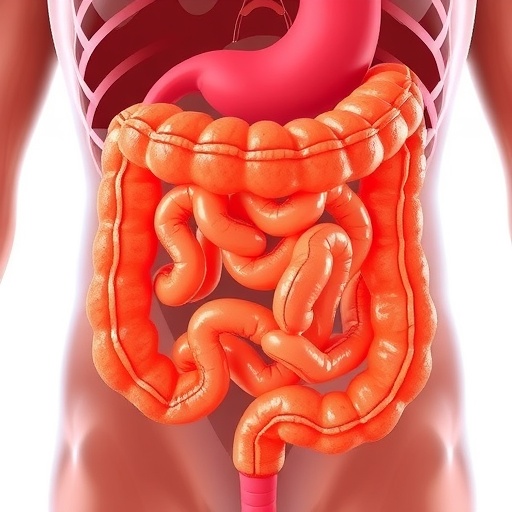Every day roughly three new stroke suspects are rushed by ambulance to Helsinki University Hospital Emergency Department to be considered for urgent clot-busting thrombolytic therapy or thrombectomy to prevent permanent stroke caused by acute cerebral ischemia. But perilously, out of one hundred such 'thrombolysis candidates' only half is actually caused by this condition and the rest have other kinds of diagnoses. Despite the tremendous time-pressure, the rapid diagnoses need to be accurate.
For almost two decades the neurologists and emergency physicians in Helsinki have endeavoured to build the most efficient acute stroke chain of recovery in the world.
"Already since 2011 we have managed to examine the admitted stroke suspect patient, perform the necessary brain imaging and complete the decision regarding thrombolysis in less than average 20 minutes' 'door-to-needle time'", says Professor of Neurology, Chief Physician Perttu Lindsberg, University of Helsinki and Helsinki University Hospital. He continues:
"But we wondered whether this narrow time frame could in fact backfire and lead to underperformance in the diagnostic accuracy."
To clarify this, Lindsberg and colleagues initiated a study, which was published on July 11th in the journal Neurology. The prospective study cohort consisted of 1 015 patients, which had been transported to Helsinki University Hospital Emergency Department as emergency stroke code patients during 2013 to 2015.
"The results proved that for every hundred stroke code patients, only two received unnecessary thrombolysis or missed it because of inaccurate initial admission diagnosis", tells Lindsberg.
Achieving the accurate diagnosis was most challenging in the so-called stroke mimic conditions, which represent various conditions related e.g. to epileptic seizures, migraine, psychogenic disturbances or just nonspecific headache or numbness.
Diagnostic inaccuracy was deemed to have influenced patient management in 6.9 percent of the stroke code patients. For example, it could have delayed the initiation of standard treatment for the underlying condition. In detailed scrutiny, however, it was established that inaccurate admission diagnosis had potentially worsened the outcome in only eight (0.8%) patients and no patient died for this.
The Finnish investigation was commented in Neurology in an accompanying Editorial article, where the results were considered convincing.
"The results showed that the stroke chain of recovery, which we have been gradually optimizing for years, is both safe and expeditious, and that the speed has not been achieved at the expense of diagnostic inaccuracy", corroborates Professor Lindsberg.
"This study has provided us also with useful comparator values, which allow us to monitor our performance in the face of potential organizational renovations, and perhaps other hospitals can also use them for benchmarking. In common, debilitating diseases such as stroke we cannot accept the slightest decline of the delivery of effective treatments, neither in the diagnostic performance nor in the efficiency of management. Operation can always be optimized, but only on top of existing expertise."
Lindsberg considers that one area of future development in ED stroke evaluation is the more active utilization of rapid magnetic resonance imaging, especially in patients with challenging or unusual clinical syndromes as well as in those stroke thrombolysis candidates with unknown symptom onset time.
###
Media Contact
Perttu Lindsberg
[email protected]
358-400-634-395
@helsinkiuni
http://www.helsinki.fi/university/
https://www.helsinki.fi/en/news/health/how-fast-can-acute-stroke-treatment-become-to-still-be-reliable-stroke-thrombolysis-treatment-in-helsinki-beats-expectations
Related Journal Article
http://dx.doi.org/10.1212/WNL.0000000000005954




